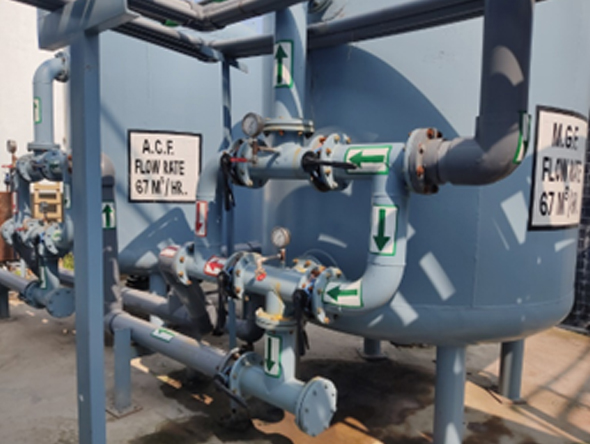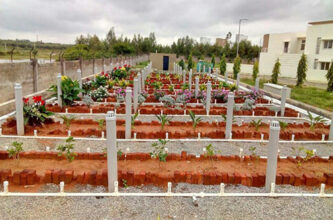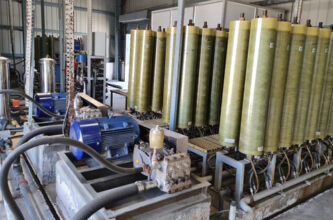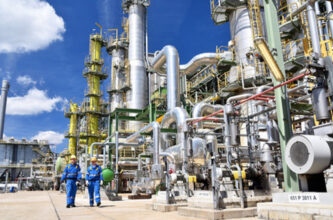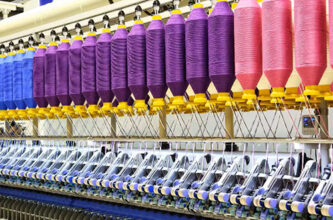Water Treatment Plant (WTP) – FAQ
1. What is a sand filter and how does it work?
A sand filter is a water purification system that removes suspended particles by passing water through layers of sand, which trap and hold impurities.
2. What types of contaminants can a sand filter remove?
Sand filters effectively remove suspended solids, turbidity, and particulate matter from water.
3. How often should a sand filter be backwashed?
The frequency of backwashing depends on the water quality and usage but is typically performed when the pressure drop across the inlet and outlet is more than 0.8 bar.
4. Can sand filters be used for both residential and industrial applications?
? Yes, sand filters are versatile and can be scaled for both residential and industrial water treatment needs.
5. What maintenance is required for sand filters?
Regular backwashing and periodic inspection of the sand media are essential to maintain the filter's efficiency.
6. What is an activated carbon filter and how does it function?
An activated carbon filter uses porous carbon media to adsorb impurities, removing contaminants from water.
7. Which contaminants are removed by activated carbon filters?
? Activated carbon filters effectively remove chlorine, volatile organic compounds (VOCs), and odors from water.
8. How often should the activated carbon filter be replaced?
Replacement is typically recommended every six months to one year, depending on water quality and usage.
9. Can activated carbon filters remove bacteria from water?
No, activated carbon filters are not designed to remove bacteria; additional treatment methods are required for microbial contaminants.
10. What is a water softener and how does it work?
A water softener removes hardness-causing minerals, such as calcium and magnesium, through an ion-exchange process, replacing them with sodium or potassium ions.
11. Why is it important to soften hard water?
Softening hard water prevents scale buildup in pipes and appliances, improving their efficiency and lifespan.
12. How often should the resin in a water softener be replaced?
Resin typically lasts 10-15 years but may require yearly top up.
13. Can a water softener remove iron from water?
Some water softeners can remove low levels of iron, but high concentrations may require specialized treatment.
14. What is a DM plant and how does it operate?
A DM plant removes mineral salts from water through ion exchange, producing demineralized or deionized water.
15. What are the applications of demineralized water?
Demineralized water industries requiring high-purity water for boiler and process applications.
16. What is the difference between demineralized water and distilled water?
Demineralized water is produced through ion exchange, while distilled water is obtained by boiling and condensing, removing both inorganic and organic impurities.
17. What is ultrafiltration and how does it work?
Ultrafiltration uses a membrane to separate suspended solids, bacteria, and viruses from water, allowing only water and small molecules to pass through.
18. What contaminants can UF systems remove?
UF systems remove suspended particles, bacteria, and some viruses but do not remove dissolved salts.
19. How often should UF membranes be cleaned or replaced?
Cleaning frequency depends on water quality; membranes typically last 5-7 years with proper maintenance.
20. What is the difference between ultrafiltration and reverse osmosis?
Ultrafiltration removes larger particles and pathogens, while reverse osmosis removes smaller dissolved salts and molecules.
21. What is a reverse osmosis plant and how does it function?
An RO plant uses a semi-permeable membrane to remove dissolved salts, impurities, and contaminants from water by applying pressure to force water molecules through the membrane.
22. How often should RO membranes be replaced?
RO membranes typically require replacement every 2-3 years, depending on water quality and usage.
24. Can an RO system remove chlorine from water?
RO membranes can be damaged by chlorine; therefore, a carbon prefilter or SMBS dosing is used to remove chlorine before the water reaches the membrane.
RO membranes typically require replacement every 2-3 years, depending on water quality and usage.







